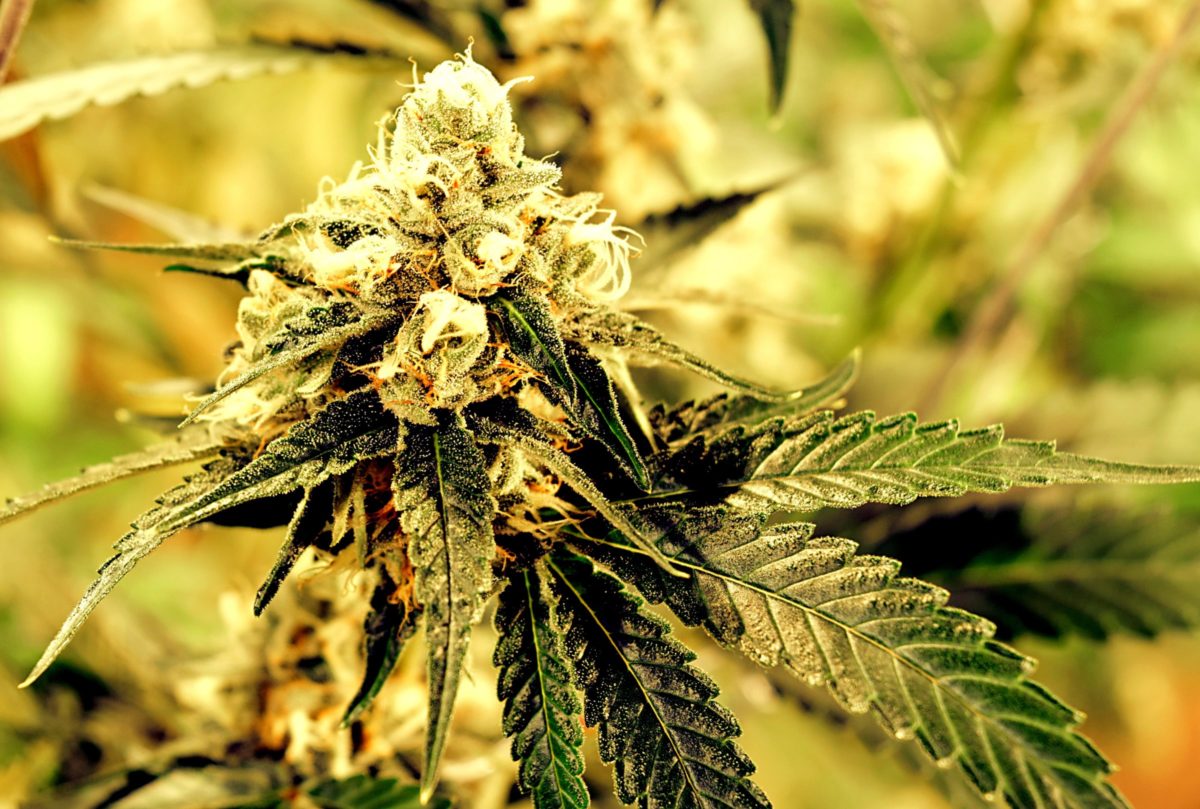What is all that talk about crop steering?

Like all living being, plants go through life cycle where their growth is determined by their age and how they have been growing to that point. Plants have hormonal systems that regulate their growth to respond to external conditions such as drought, wind and even wild animal nibbling on their leaves. In all these three cases, stress hormones force the plant to allocate more of its resources (the sugars that have been synthetized in the leaves through photosynthesis) to produce seeds as quickly as possible. Seeds being carried by fruits and flowers, those stresses have the effect to accelerate flowering and fruit setting. That effect has been taken advantage of for many decades by clever greenhouse producers realizing that they could get their tomato plants to produce more fruits if they actually withhold the irrigation water a little or prune gently some of the leaves (hence simulating a drought or animal damage). The discovery came from the observation that the opposite was certainly true, a plant that is growing in perfectly stable conditions with no wind, no mechanical stress produces a lot of leaves and become very large, vigorous and pretty but yields actually very few of the coveted tomatoes.
Now you would be excused to think that growing crops successfully is all about stressing them to the breaking point to force them into producing the most fruits, but in many crops, the stress also weakens them, shortening their life cycle and ultimately reducing the overall yield. So it is all about finding a balance between that flower/fruit forcing (reproductive or generative steering) and keeping them happy, leafy and vigorous (vegetative steering, not to be mistaken for the vegetative phase).
In Cannabis, the plants react to the very same stimuli as in tomatoes. During the flower phase, it is still possible to influence greatly the morphology and quality of the final product through the application of timed and controlled stresses, with deficit irrigation, pruning, temperature, humidity, etc… or to dial down on those to prevent the plants from running out of steam. It is important then for the grower to keenly observe his crop to detect early signs of weakness or excess leafiness and know how each strain reacts. Some strains will normally be leafier, more vigorous and require more stress stimuli to react. Note that plant reactions are very slow and will take several days to show signs of any change in either direction (hence why it is called crop steering and not crop driving, LOL), making it sometimes difficult to correct a situation before harvest.
About Armando Suarez: Armando has worked with plants since he was a teenager, working in a nursery. He later graduated with a BS in Farm Management and Agricultural Engineering. Initially, he focused on research at the University of Arizona with variety trials in greenhouse for tomatoes and bell peppers. Armando spent many years consulting with large greenhouses throughout the US, specializing in consulting on crop optimization and high tech irrigation for large greenhouses customers. He was, and continues to be committed to using optimal irrigation strategies to realize optimal crop production. Armando has also been a very successful hydroponics lettuce grower but his passion for helping solve challenges in agriculture soon brought him to GRODAN. Currently Armando focusses on crop substrate and irrigation systems in the controlled environment agriculture of greenhouses and growing chambers. He is actively involved in helping his clients design and optimizes their facilities to grow the most quality crops possible. Armando shares his passion and knowledge of cannabis and vegetable crops as a speaker and presenter at conferences throughout the US.
